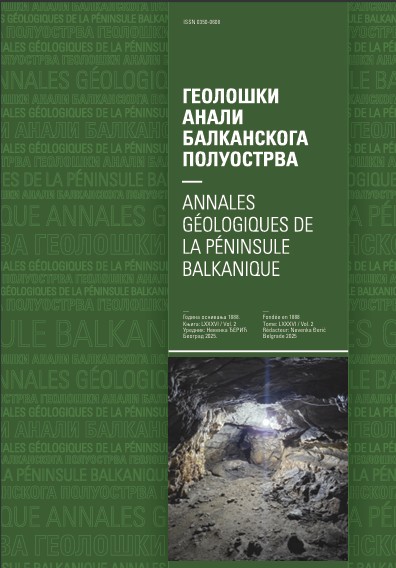Late Cretaceous marine biodiversity dynamics in the Eastern Caucasus, northern Neo-Tethys ocean: Regional imprints of global events
Abstract
During the Late Cretaceous, marine organisms experienced significant changes in their biodiversity. These diversity changes were influenced, particularly, by the Oceanic Anoxic Event 2 near the Cenomanian/Turonian boundary (93.6 Ma). Here, stratigraphic ranges of 80 marine macroinvertebrate genera (cephalopods, brachiopods, gastropods, corals, and echinoids) were employed to assess the Late Cretaceous biodiversity dynamics in the Eastern Caucasus, which covered a large region located in the northern Neo-Tethys Ocean. Our results outline three prominent diversity minima, which occurred in the late Cenomanian-late Turonian, the early Santonian-late Campanian, and the late Maastrichtian. Probably, the latter two were just local. Despite of some differences in trends between the regional and global marine biodiversity dynamics, the late Cenomanian-late Turonian biotic crisis appeared both on the regional and global scales and was probably a long-term consequence of the Oceanic Anoxic Event 2. Oxygen depletion and eustaticallydriven shoreline shifts are considered as plausible causes of the observed biodiversity dynamics.
Copyright (c) 2011 Geološki anali Balkanskoga poluostrva

This work is licensed under a Creative Commons Attribution 4.0 International License.










